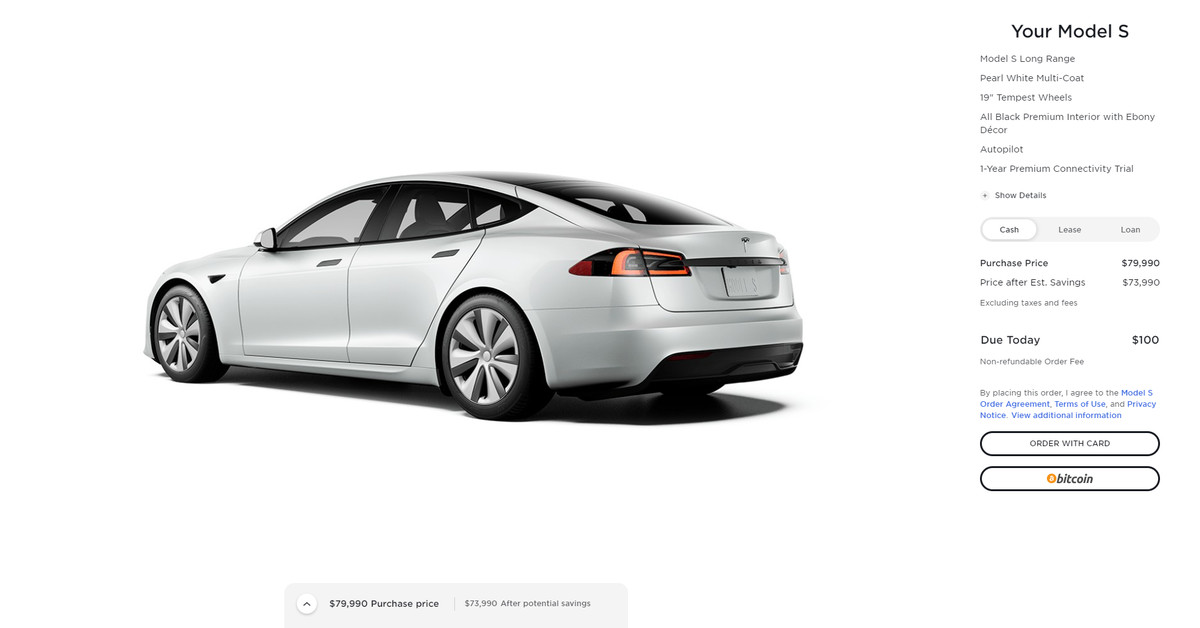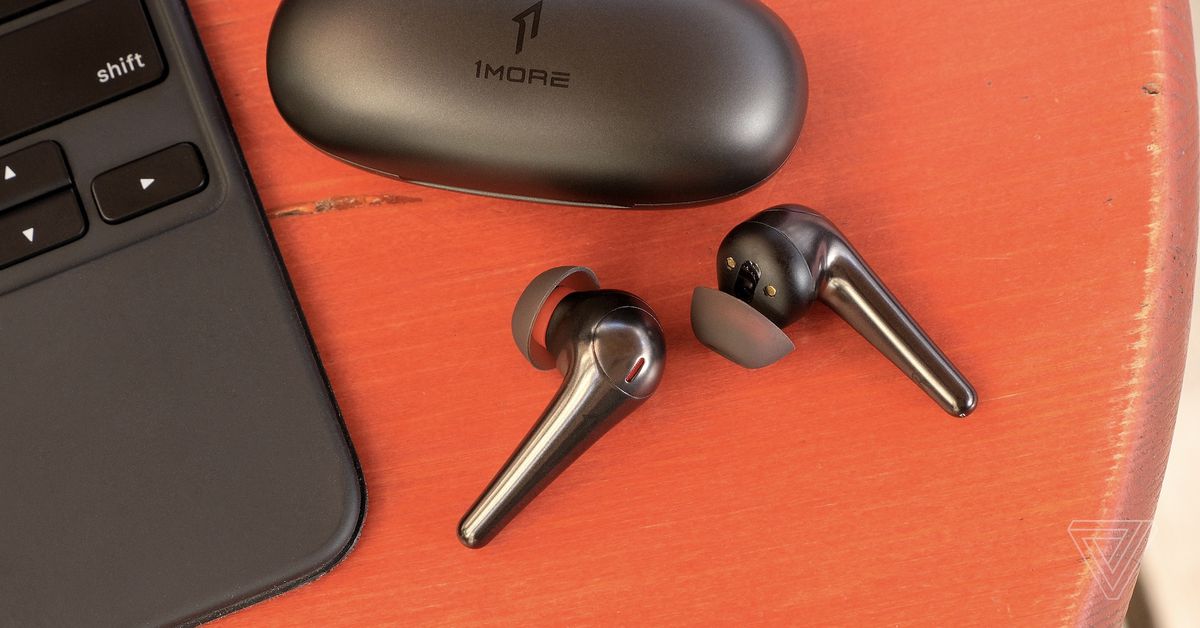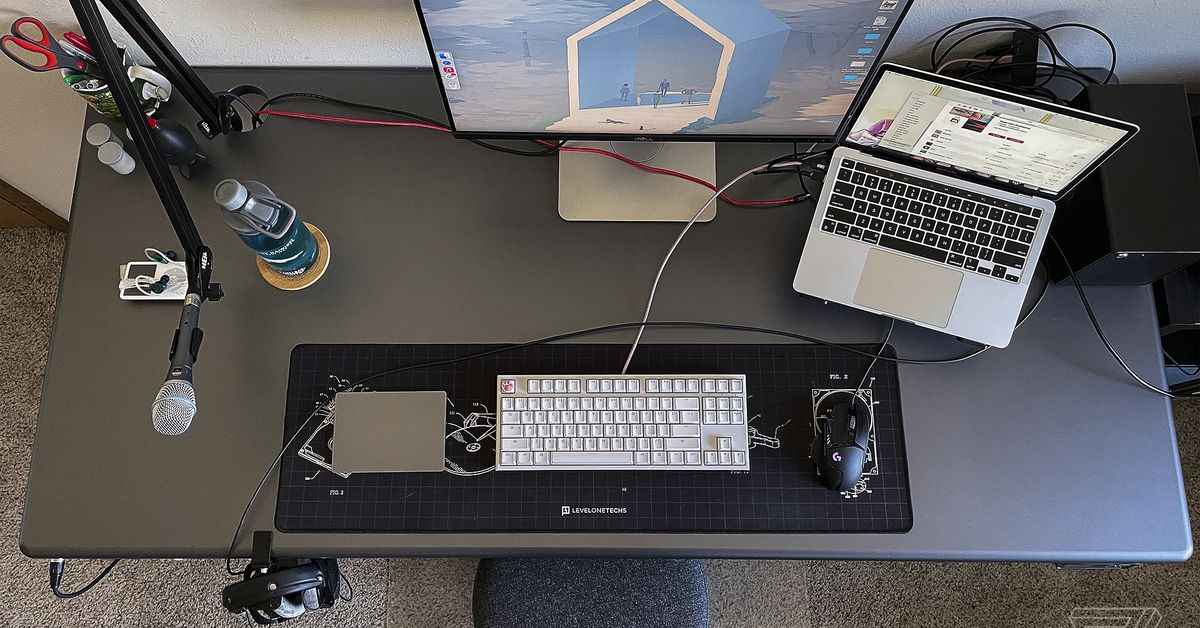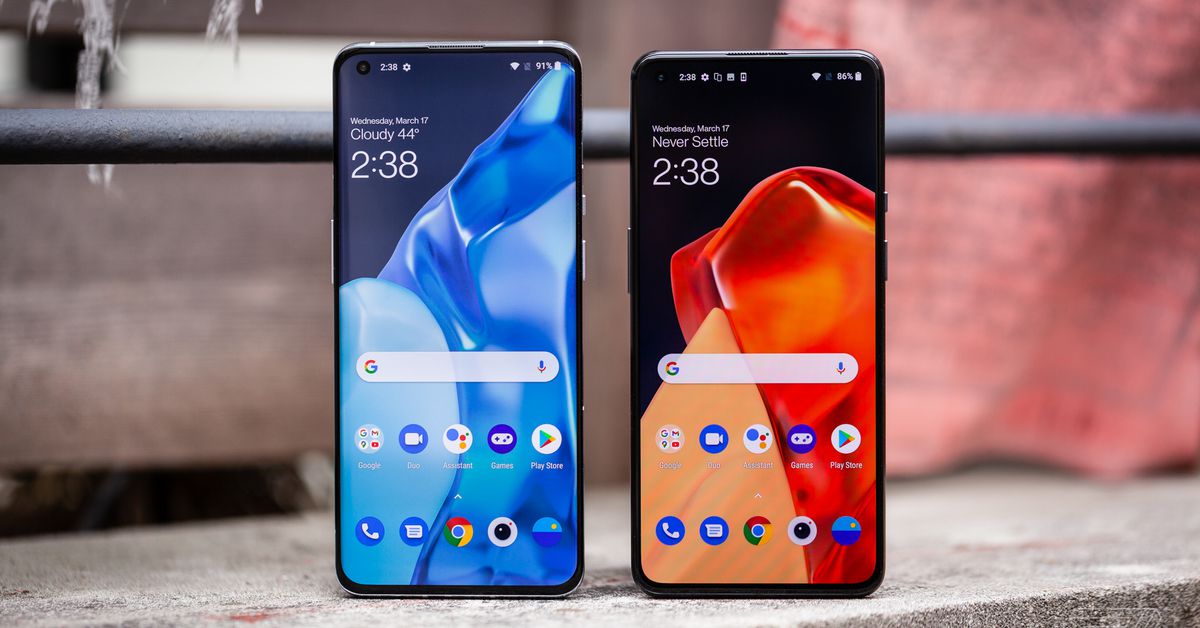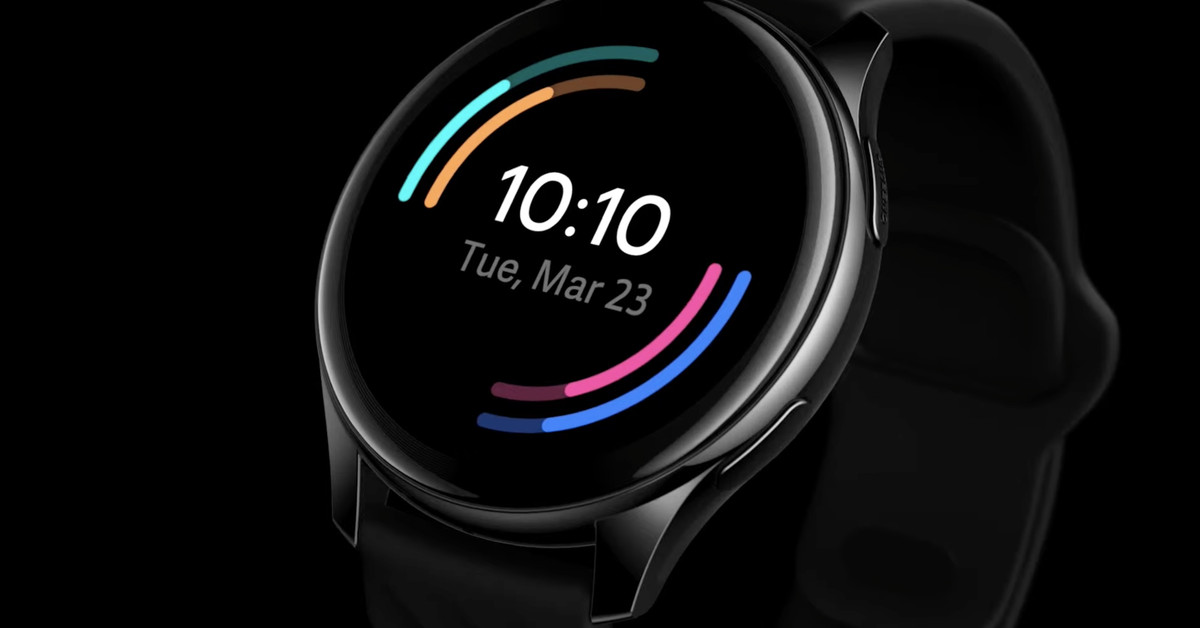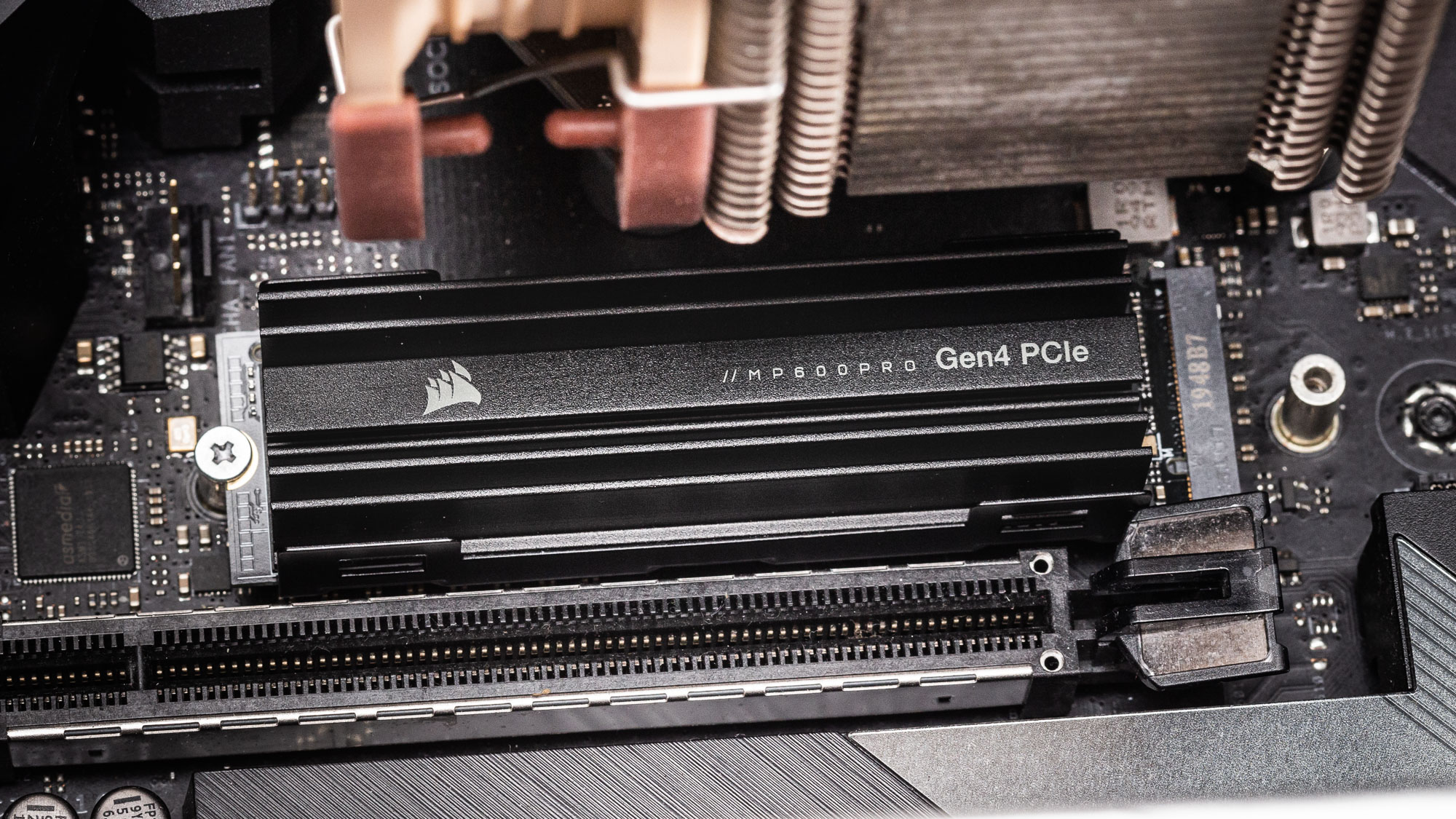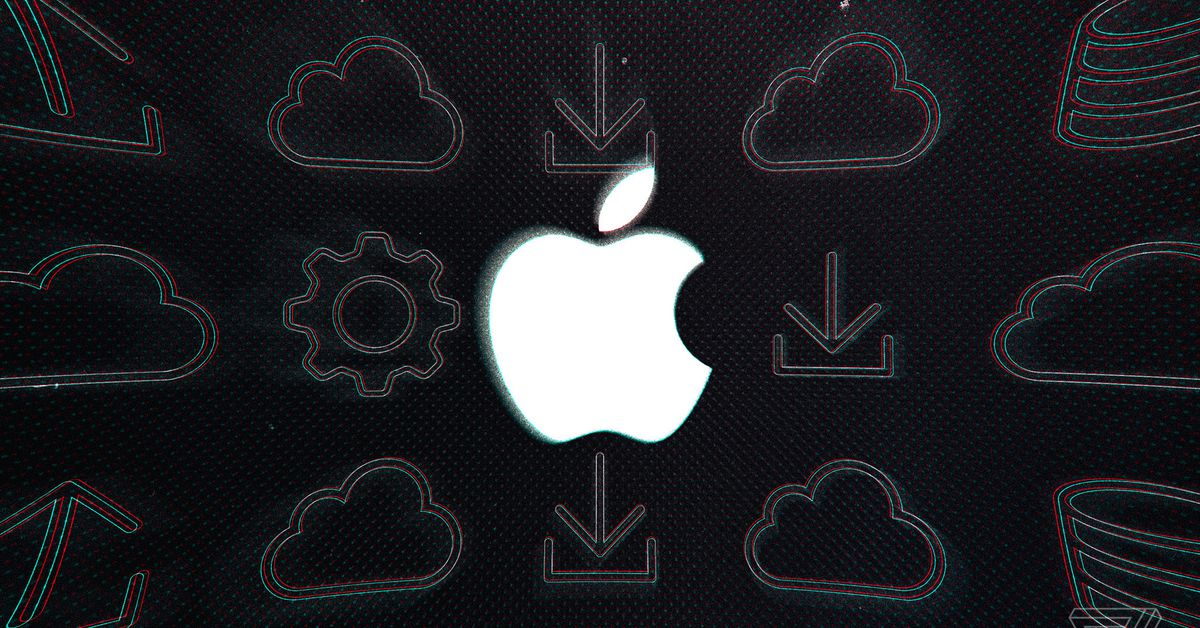(Pocket-lint) – The DS 3 Crossback E-Tense name might be something of a mouthful, but hidden behind the nomenclature is a nice compact hatchback, boosted to give it crossover appeal, while retaining the charms of the regular DS 3.
The E-Tense is the first fully electric car from DS Automobiles, arriving in full DS style, with options for lavish design and something that’s just a bit different to everything else on the road. But it’s a bit expensive considering, so does it offer true appeal?
A unique design
Being different is often enough to make you stand out when you’re a car. If it wasn’t for the super Honda e – which is even more different – the DS 3 Crossback E-Tense might be the most distinctive EV on the road, from the interior at least.
From the outside there are some quirks – such as that shark fin behind the B pillar – but you can feel the DS 3 heritage getting inflated, riding a little higher, slightly more accentuated. Otherwise the general positioning of the car as a practical hatchback remains the same.
But this is a unique DS model. While it sits on the same platform as some rivals – the Peugeot e-2008, Vauxhall Corsa e, Citroën eC4 – nothing carries these looks. There’s no old Citroën model that looks the same, and no petrol version that’s just been converted – so there is something special about this model.
There’s a huge grille on the front, while areas that look like they might have been somewhere to put other vents on a combustion car sport the same look, resulting in a car that isn’t a hugely electric-looking EV.
But that does lend some sporty charm to things, while the recessed doorhandles – which pop out as you approach the car – bring a premium sense of occasion.
The stance on the road is pretty good, but some of those styling points do start to get in the way. The fins on the side reduce the window space for the rear passengers, while the rear window looks smaller from the inside than it needs to be – a chunk of the rearview is eaten up by plastic bodywork across the bottom of the window, which we don’t really think needs to be there.
A distinctively designed interior
Since the separation of DS Automobiles from Citroën, DS has pursued a design line based around offering something inspired by French fashion. It wants to be unique and it wants to give you a higher quality experience. That’s seen heavily in the interior design, with the use of textures you might associate more with prestige watchmaking than in a car.
Up at the top level, on the Prestige Ultra model (as reviewed), that results in a sumptuous finish. It’s not just leather, it’s hand stitched in places, using special pearl stitching and – importantly – uniquely different to the premium German marques that DS Automobiles wants to compete with.
At the same time, that commitment to design can see impracticalities. We know why DS chose to put the dash buttons into diamond shapes, but they are larger than they need to be – and the couple of blank spaces are what you notice the most.
But there are choices to be made, with the DS 3 Crossback E-Tense available in five different trims, affecting the wheel size, paint colours and interior options.
To give the E-Tense its due, though, it is comfortable. We like the finish on the seats and it’s nice to be in a cabin that isn’t just the same as a whole family of cars elsewhere. Front passenger and driver get plenty of room, but the rear is a little short on knee space, just like many other hatchbacks.
The boot offers 350 litres of space, which is typical for this size of car, meaning you can stuff in a large family shop or enough baggage for a weekend away.
Interior tech
When it comes to the interior tech offering, the DS 3 Crossback E-Tense again suffers from that heavy design ethic. We’ve commented on this before – especially on the DS 7 Crossback – that some of that styling in the graphical interface isn’t especially helpful.
The DS 3 is clearer, however, with a smaller digital driver display having the benefit of not giving the software designers too much space to fiddle around. There are several views you can scroll through to customise the information – and on our review model, a heads-up display (HUD) to provide pertinent information while on the road.
In the centre of the car is a larger display, 7-inches on lower trims and a 10.3-inch on higher trims. The expansion to the larger models seems to result in empty space at the edges, or once you’ve made your selection, permanently visible cabin temperature, so it’s not a huge gain.
The infotainment system is easy enough to use, offering touchscreen interaction, working with those big buttons on the dash to work through the mainstays of music, climate control, navigation, car settings, and phone.
We found the navigation and mapping to be pretty good, although you can’t zoom and manipulate the maps to the same sort of extent that you can a smartphone, so it does have some limitations – likely to be addressed in the new system being introduced in the DS 4.
Perhaps the thing that’s the most irksome is having to dig to find charging stations through the points of interest options. Again, as this is an EV, that sort of option should be front and centre.
Where things get a bit questionable are diving into the details of power consumption. As this is an electric car, efficiency and performance is ever more important, and getting access to that information is useful for a driver. There’s a dedicated button which is good, but the information you get could be better.
The E-Tense will present stats for your journey, giving you a sensible miles per kWh which is useful, but it also presents a graph. The Y axis on this graph has a scale that runs up to 120miles per kWh, which is utterly useless, seeing as the average is going to be around 4 – so it’s literally wasted space, unless you’re just rolling down hills.
On the Prestige Ultra there’s a Qi charging pad for your phone, but it also supports Android Auto and Apple CarPlay, so you can use a phone-based system if you want.
We found the sound quality to be good from the speakers within the car, although it’s always a pleasure listening to music in an electric car when you’re not fighting with any engine noise.
Equipped with cameras, there’s fancy parking assistance, able to view the car’s surroundings on the screen, making it really easy to put yourself into a tight parking space – especially useful for reversing into awkward EV charging locations.
Driving, battery size and range
The DS 3 Crossback E-Tense is a nice car to drive. It rides pretty high, so there’s a sense of road domination which is great from a smaller car. The ride is pretty quiet, too, so you don’t hear too much noise coming into the cabin – extending the feeling that this is just a little better than average.
The suspension is perhaps a little on the hard side – while we didn’t have a problem with it on broken suburban roads, it could just be a little softer. The steering is a little light, probably designed to suit the urban driver that’s likely to buy this car, rather than the B-road racer who might want something a little heavier.
One of the advantages of electric cars is that they offer instant torque for a spritely drive and the E-Tense is no different in that regard. There’s a D and B position on the gear selector, with the B (battery) option giving you a stronger regeneration when lifting off the pedal. This goes some way to offering one-pedal driving, although the car won’t come to a complete standstill in this mode, it will just slow down and then creep along the road.
The best electric cars 2021: Top battery-powered vehicles available on UK roads
By Chris Hall
·
There are also driving modes which have a bigger impact on the setup of the car – eco, normal, sport – with the names very much revealing what they do. Eco cuts the throttle response so you don’t expend so much energy in acceleration. It works well, we just wish you could have the car startup in these modes, rather than having to select it every time.
Turning to the important range, and the DS 3 Crossback E-Tense is equipped with a 50kWh battery and a 100kW motor. That gives you a larger battery than the Mini Electric, a smaller battery than the Kia e-Niro – and that’s generally reflected in the resulting range.
The range, on paper, is 191-206 miles. In our driving we found we could, with a little effort (aircon off, eco mode, infotainment off), get averages of around 4.7 miles per kWh around town, which would bring it in at 235 miles. Casually nipping to the supermarket sat closer to 3.2 m/kWh, which would give you 160 miles. We couldn’t find long-term averages for the car during our review.
It also supports up to 100kW charging, which will take it to 80 per cent in 30 minutes. Home charging on a 7.2kW will take about seven-and-a-half hours to completely charge it.
That sits the E-Tense in a reasonable position, although the Kia e-Niro gives you more range for your money in a similar size car, while the Peugeot e-2008 is a healthy chunk cheaper for much the same setup. There is a premium to pay for all that prestige, it seems.
Verdict
There are some elements of the DS 3 Crossback E-Tense that we really like. It’s a nice car to drive and the performance is pretty good, making it a practical electric car, sizeable enough to seat a small family, so great for everyday use.
The range sits in the middle of the pack and you can get a little more range for around the same price elsewhere – it’s hard to ignore the offerings from Peugeot which are also more affordable.
Ultimately, the DS 3 Crossback E-Tense again delivers something a little different. Stylistically that interior is like nothing else on the road. That could make the E-Tense stand apart – but at the same time, there are things that could be done to make it a more attractive buy too.
Also consider
Kia e-Niro
It’s one of the top rated electric cars and that comes down to value for money, efficiency of the drive, and the option for a pretty big battery.
- Read our review
Nissan Leaf
Nissan has been in this game a long time and that shows in the Leaf. There’s efficiency and the option for bigger batteries to provide a useful range.
- Read our review
Writing by Chris Hall. Editing by Mike Lowe.
